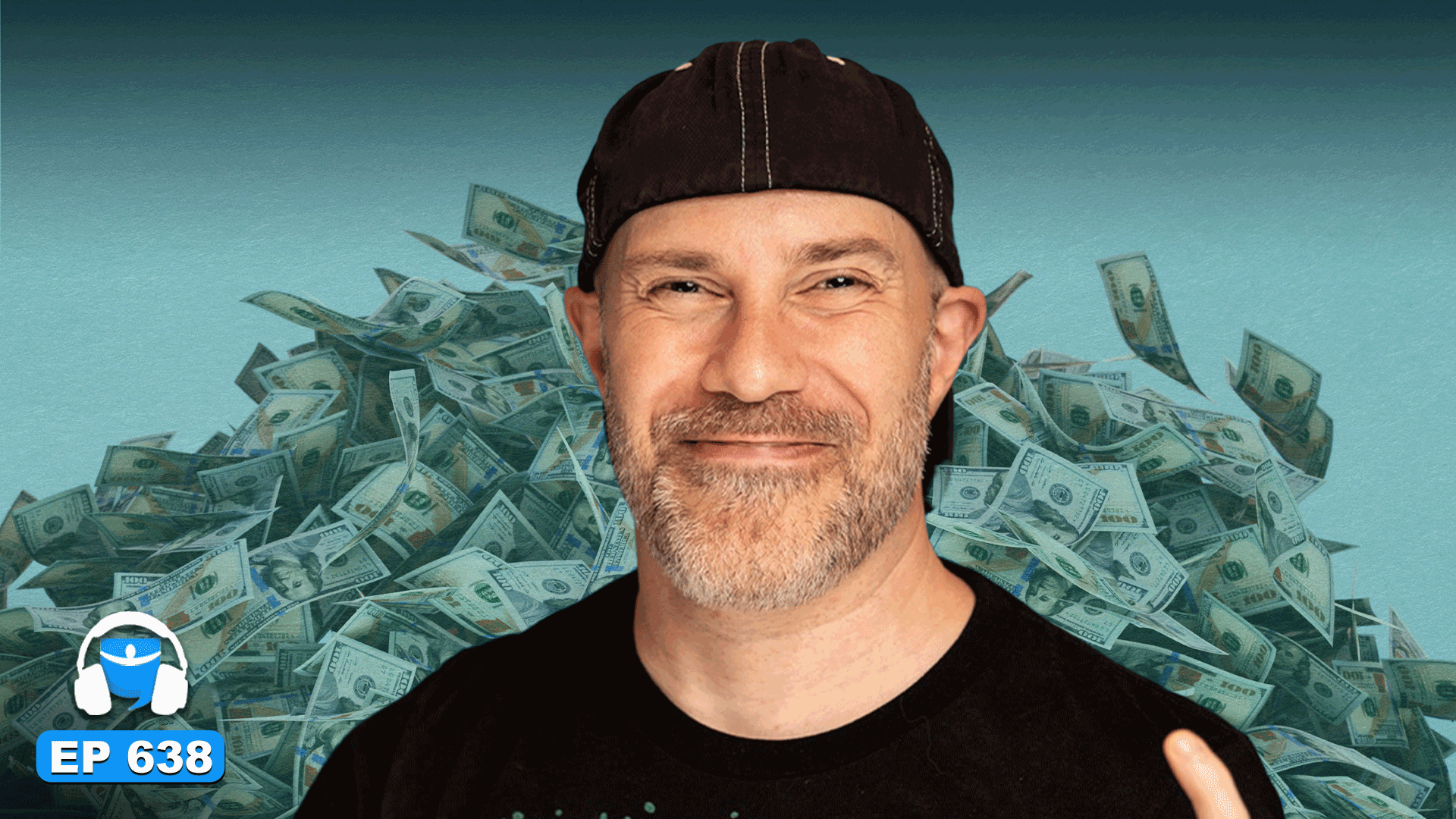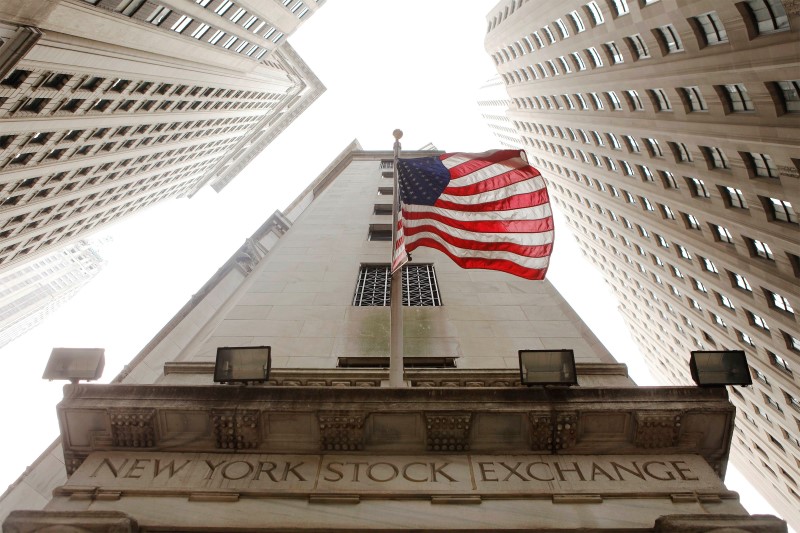By most accounts, the Fed will hold steady after raising the federal funds rate by a quarter point to 5.25% at the beginning of May. A Reuters poll found that 102 of 116 economists thought the Fed was done raising rates this year, and 30 believed they would lower it.
With inflation down from its high of over 9% last year to 4.9% in April of this year, it might seem like the Fed should reverse course now. But as Michael Gapen, chief economist at Bank of America, noted, “Inflation is more than double the Fed’s target rate, and the unemployment rate is below every FOMC participant’s estimate of the natural rate.”
Still, with inflation halving over the last nine months, several recent bank failures, and warning signs of a recession—that many, including myself, have been predicting for a year—still being present, there are a lot of reasons to think the Fed will begin reversing course on rates. If not at the end of 2023, then probably in 2024.
Economic predictions are always something to be wary of, but with that caveat in mind, I would be willing to bet interest rates will be lower in May 2024 than they are today. In the short term, things look good for interest rates.
In the long term, however, not so much., which is what this article is about
The Coming Upward Pressure on Long-Term Interest Rates
If you spend much time in real estate investing forums, you’ll hear something akin to “even now, interest rates are low by historical standards.” A lot of the old timers like to reminisce about “back in the day” when they had to walk to school several miles uphill in the snow both ways and how “we don’t know how good we have it” and the like.
And the old timers (whom we’ll be talking about more shortly) are right. Just glancing at the average 30-year mortgage rate for the last 50 years makes that obvious.
It’s hard to imagine rates being in the high teens back in the late 70s and early 80s, but they were. (Of course, real estate was a lot cheaper back then too.)
While rates are likely to come back down into the 5s and maybe even the 4s in the next year or two, when we zoom out to the next decade or two, we will likely be looking back at the period between the Great Recession and approximately 2025 to 2027 as an era of obscenely low interest rates not to be seen again in our lifetimes.
There has become this odd assumption that the Federal Reserve can do whatever it wants to interest rates and thereby keep them low for as long as they like. And yes, the Fed does have a lot of power to bring the rates up or down, but it has to do so in response to economic realities it cannot control. If not, either inflation will get out of control, or the economy will stall.
Furthermore, its power is not endless. And what’s coming will be beyond even the Fed’s power to control.
What is probably the most important trend going on in our economy is that our population is becoming older. In a hypothetical society where there is no immigration, and each generation has as many children as the last, a graphical representation of ages should look like a pyramid with the highest numbers at the bottom (i.e., younger) and fewer as you get older until it hits zero at about 100.
Instead, the American demographic pyramid looks like this:

As you can see, it looks more like a tall house or a tower than a pyramid where the population doesn’t begin to shrink until “the roof” starts at about 62. The baby boomer generation (kids born between 1946 and 1964) were children of the silent and greatest generations (1901 – 1945), who had many more kids than the subsequent Generation X and Millennials, as well as the boomers themselves.

Thus, the American demographic pyramid doesn’t look like a pyramid at all.
What’s happening now is that many baby boomers are starting to retire. About 10,000 baby boomers are reaching retirement age each day, and many are leaving the workforce. Thus, a lot of production is leaving too.
As an aside, it should be noted that immigration is unlikely to affect this trend much. The median age of an immigrant in the United States is 47, which is a bit older than the median age of native-born Americans (37).
As geopolitical strategist Peter Zeihan notes, people behave quite differently as they age, and this will have a dramatic effect on the economy. As he points out, “Mature workers tend to spend less, while simultaneously being the rich people of their societies.” (The End of the World is Just the Beginning)
Back in the day, that didn’t matter so much because “simple mortality means they don’t exist in large numbers. Few savers, many spenders. Supply and demand. Borrowing costs stay high.”
However, the Industrial Revolution began to change that.
“The early industrializers experienced longer life spans and lower child mortality, leading to a rough tripling of their populations. At the same time, industrialization triggered mass urbanization, which in time led to smaller families and aging populations.”
But things didn’t dramatically shift until after the Cold War ended.
“In the world of 1990 through 2020…all the richest and most upwardly mobile countries of the world were in the capital-rich stage of the aging process more or less at the same time. Throughout that three-decade period, there have been a lot of countries with a lot of late-forty-through-early-sixty-somethings, the age group that generates the most capital…Collectively, their savings has pushed the supply of capital up while pushing the cost of capital down. For everything. Everywhere.”
“Mortgage rates have been the lowest in history and advanced governments have on occasion been able to borrow at negative rates, while the major stock markets continue to explore higher and higher ground…The explosion in industrial output and technological advances of the past decade or so are largely due to the combination of the lingering Bretton Woods system and this demographic moment of a huge oversupply of mature workers. And their money.”
Not only will the labor force shrink, but the formation of investment will dramatically shift as retirees will take their savings and have them “reapportioned from high-earning stocks, corporate bonds, and foreign assets to investments that are inflation-proof, stock market crash-proof, and currency crash-proof.” In essence, 70-year-olds rarely gamble on new startups.
This a global phenomenon. In fact, the United States is actually nowhere near the worst in terms of its demographic pyramid. China’s pyramid, for example, is basically upside down (or, more accurately, bloated in the middle) and tilted a bit to the left as the one-child policy caused a male surplus.

Zeihan’s prognosis for China is dire indeed,
“The future of China is not the utopian myth of Chinese domination. The future of China isn’t even the somewhat blasé expectation of inevitable regional dominance. China is powerless to defend or maintain or replace the Order upon which its economic existence and political cohesion is predicated. The future of China is that of a people literally fighting to the death to continue to exist as a unified country at all.” (Disunited Nations)
Zeihan’s prognosis for the world, in general, is bad. He foresees the breakdown of globalization and a multitude of nations being unable to source sufficient food and raw materials or finished goods to maintain civilization at its current state. He’s expecting something like a billion people to die from famine, disease, and war during the next 20 years.
That being said, I am skeptical of some of Zeihan’s claims. Apart from his analysis regarding Japan, he doesn’t properly address how technology could make up part of the labor shortfall caused by retiring boomers, even in countries like China. We seem to be simultaneously worried AI will eliminate all jobs and also that there won’t be enough workers to maintain civilization. Honestly, who knows how labor force dynamics will turn out?
Zeihan also seems to assume that the elderly will behave as they have done previously despite the crisis he foresees unfolding. While it likely means that people will need to push back their age of retirement (or, in places like China, probably not have a retirement at all), that change in behavior could dramatically blunt his pessimistic outlook.
Lastly, he assumes the U.S.-led world order has created stability that could not be matched in a multipolar world. There is certainly some truth to it, but we should also admit that the U.S. has also acted to increase instability in plenty of places as well, like, say, Iraq and Libya. An absence of an American-enforced globalized order could be substantially less volatile than Zeihan predicts.
Zeihan is also quite optimistic about the United States, and here, I also think he overstates his case. The United States certainly has some major advantages, particularly geographic; year-round, navigable rivers throughout much of the heartland, fertile and contiguous soil, a coastline with many natural harbors, and no nearby potential military adversaries.
U.S. population trends are also not as bad as many others. But he downplays some of the risks, including the erosion of dollar hegemony, a ballooning national debt, and the dangers of rapidly increasing political polarization, which is as bad as it has been in living memory.
The Future Outlook for Real Estate Investors
Regardless of whether Zeihan has overstated his case or not, it is clear that the demographic breakdown of the United States (and the world broadly), as well as a retrenchment from globalization, is going to put upward pressure on interest rates over the next few decades.
It will also put upward pressure on inflation and, unfortunately, much more so on commodities like food than assets like real estate.
Worldwide, populations will likely decline, making property less valuable than before in many places. This is not true in the United States, as the modest declines in population from our flattish population pyramid will be buoyed by immigration. There may even be a flight of capital from other countries with worse population pyramids to the United States which may offset some of that upward pressure on interest rates and inflation.
Even still, such capital flows are highly unlikely to do much more than cushion the landing. The days of property appreciation greatly outpacing inflation will likely come to an end and perhaps even reverse.
And investors should expect interest rates to return to what was seen in the 90s, if not higher. So when rates likely come down in the next year or two, I would aim for fixed mortgages over adjustable-rate loans.
And if you have any 30-year fixed mortgages at 4% or less, I would protect those with your life.
Get the Best Funding
Quickly find and compare investor-friendly lenders who specialize in your unique investing strategy. It’s fast, free, and easier than ever!
Note By BiggerPockets: These are opinions written by the author and do not necessarily represent the opinions of BiggerPockets.
















